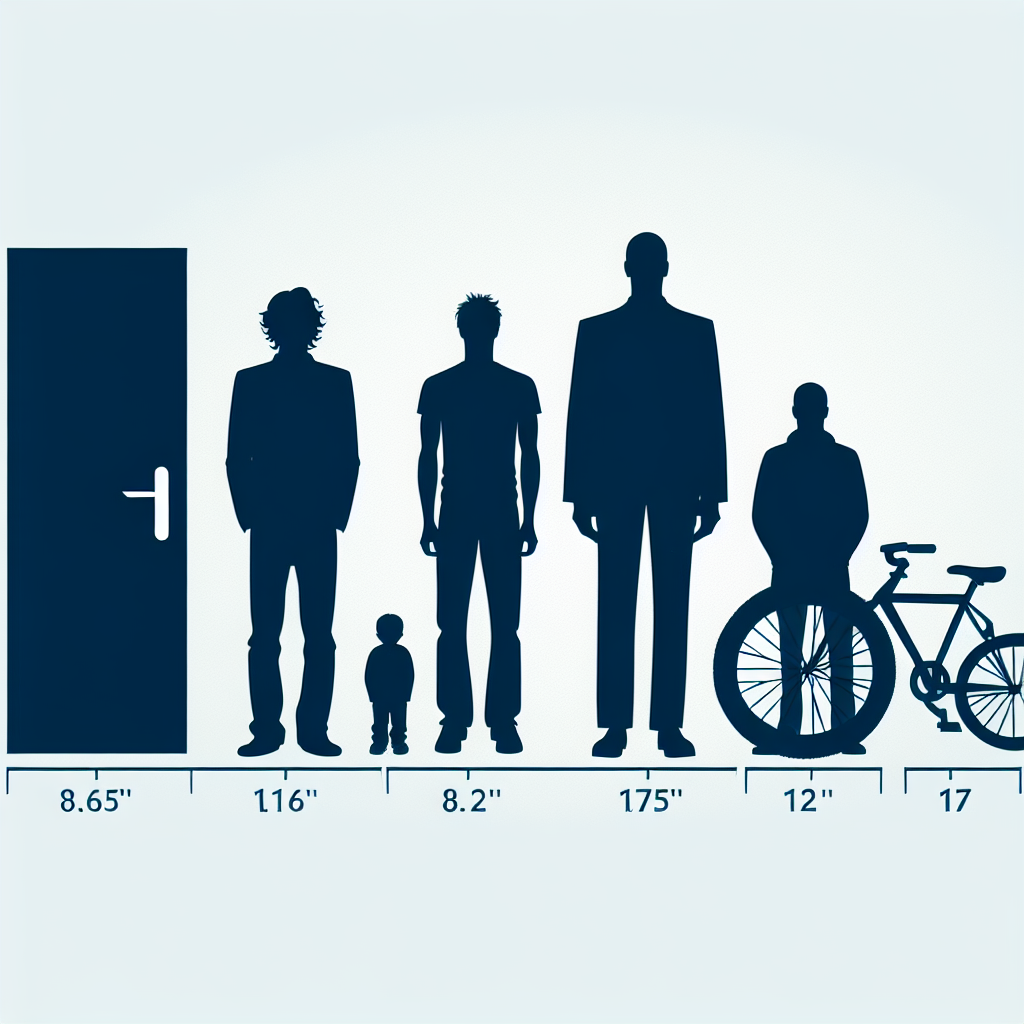Understanding Herzfrequenz 60: Significance and Implications
This article delves into the implications and significance of a heart rate, or 'herzfrequenz', of 60 beats per minute. We explore what it means for health, fitness, and wellness.

What Does Herzfrequenz 60 Mean?
The term herzfrequenz 60 refers to a resting heart rate of 60 beats per minute (BPM). This rate can signify various things depending on the individual's health, fitness level, and overall lifestyle. While 60 BPM is often classified as a normal heart rate, there are more nuances to consider when discussing its significance.
Is Herzfrequenz 60 Normal?
A heart rate of 60 BPM is generally considered to fall within the normal range for adults, which is between 60 and 100 BPM when at rest. However, several factors influence what constitutes a healthy heart rate for an individual:
- Age: Younger individuals can sometimes have a resting heart rate lower than 60 BPM without issues, especially elite athletes.
- Fitness Level: Well-trained athletes often exhibit bradycardia, a condition where the resting heart rate drops below 60 BPM, which is typically a sign of an efficient heart.
- Medical Conditions: Certain health conditions can affect heart rate, and a consistent heart rate of 60 BPM may warrant further investigation, especially if associated with symptoms like fatigue or dizziness.
The Benefits of a Heart Rate of 60 BPM
Having a heart rate of 60 BPM can indicate good cardiovascular health for various reasons:
- Efficient Heart Function: A heart that beats slower may be more efficient at pumping blood and delivering oxygen throughout the body.
- Lower Stress Levels: A resting heart rate in this range may be associated with lower levels of stress or anxiety.
- Increased Longevity: Research suggests that lower resting heart rates can be linked to a longer lifespan, primarily due to reduced cardiovascular risks.
When to Be Concerned About Herzfrequenz 60
While a heart rate of 60 BPM can often be healthy, certain signs may indicate an issue:
- Symptoms of Bradycardia: If you experience symptoms like fatigue, lightheadedness, confusion, or fainting, it’s essential to consult a healthcare provider.
- Persistent Low Heart Rate: A consistently low heart rate in non-athletes could indicate an underlying condition, such as hypothyroidism or damage to the heart’s electrical system.
- Changes in Heart Rate: A significant change from your normal resting heart rate warrants medical advice, especially when accompanied by other concerning symptoms.
How to Monitor Herzfrequenz 60 Effectively
To accurately monitor your heart rate, consider the following methods:
- Pulse Check: You can check your pulse at your wrist, neck, or heart and count the beats for a minute.
- Digital Monitors: Wearable devices like fitness trackers or heart rate monitors can provide real-time data on your heart rate throughout the day.
- Professional Assessment: Regular check-ups with your healthcare provider can help ensure your heart rate is within a healthy range and assess any potential health concerns.
Conclusion
Understanding your herzfrequenz 60 and its contextual implications can enhance your awareness of heart health. While a resting heart rate of 60 BPM can indicate fitness and cardiovascular efficiency, it’s crucial to listen to your body and recognize any signs that may require medical attention. Maintaining a healthy lifestyle through regular exercise, balanced nutrition, and stress management can further promote optimal heart health, ensuring your heart rate stays in the desired range.
New posts

Understanding Normal Pulse Rates: What Is a Normal Pulse?
Fitness

Understanding Pulsdruck: Key Insights into Your Blood Pressure Dynamics
Wellness

Understanding Normal Pulse Pressure: What You Need to Know
Lifestyle

Understanding Why You Might Experience Niedriger Blutdruck
Lifestyle

Understanding Ruhepuls 45: The Ideal Resting Heart Rate for Your Health
Fitness

Understanding Low Blood Pressure and Tiredness: Insights and Solutions
Lifestyle

Low Blood Pressure and Trembling: Understanding the Connection
Wellness

Navigating Low Blood Pressure and High Pulse: Key Insights
Wellness

Understanding Ruhepuls 60: A Guide to Optimal Heart Rate
Fitness

Understanding Low Blood Pressure at Night: Causes, Symptoms, and Management
Wellness
Popular posts

Understanding Low Blood Pressure and Tiredness: Insights and Solutions
Lifestyle

Effective Strategies to Lower Blood Pressure
Fitness

Understanding Ruhepuls 60: A Guide to Optimal Heart Rate
Fitness

The Impact of Ginger on Blood Pressure: What You Need to Know
Health

Understanding Normal Blood Pressure: Measurements and Ranges
Health

Navigating Low Blood Pressure and High Pulse: Key Insights
Wellness

Understanding Puls Unter 60: When Low Heart Rates Become Concerning
Fitness

Understanding Wrist Blood Pressure Monitoring: A Comprehensive Guide
Wellness

Understanding Low Diastolic Blood Pressure: Causes and What to Do
Wellness

Understanding Low Blood Pressure and Its Effect on Vision Disturbances
Health